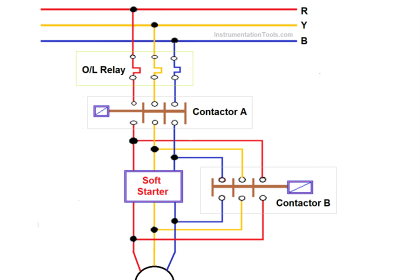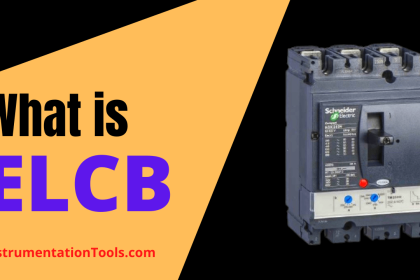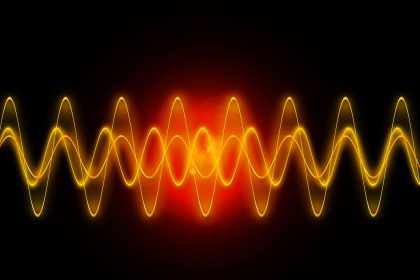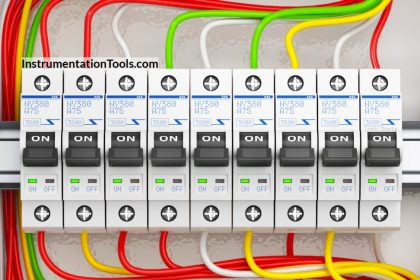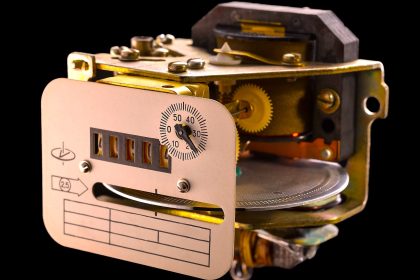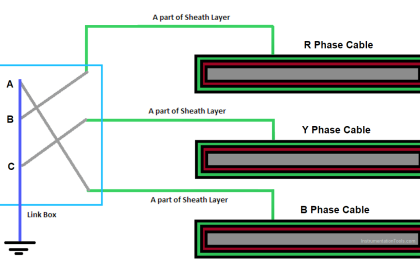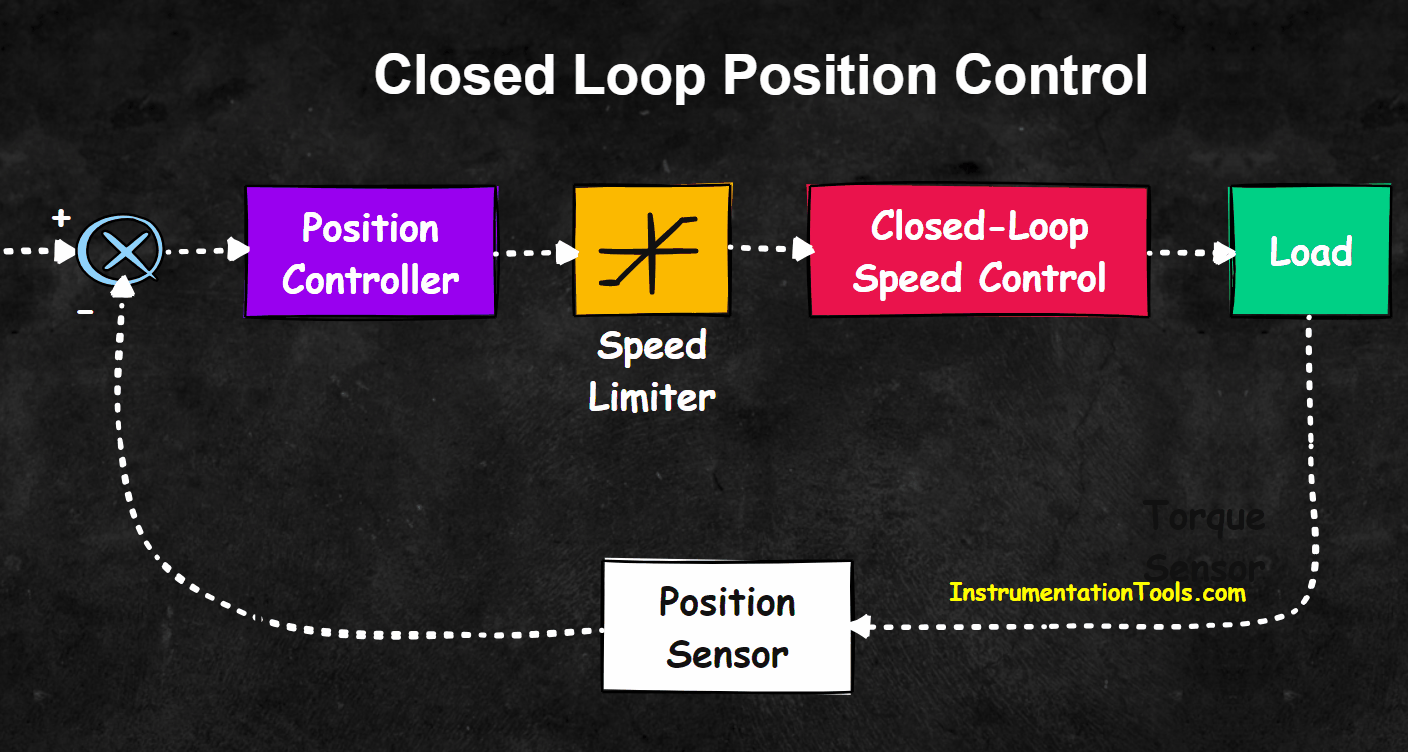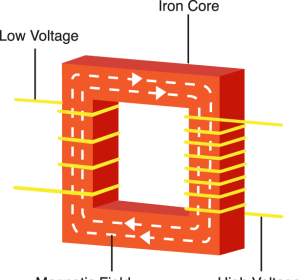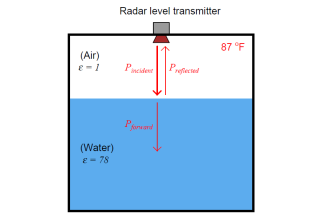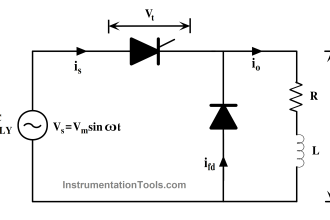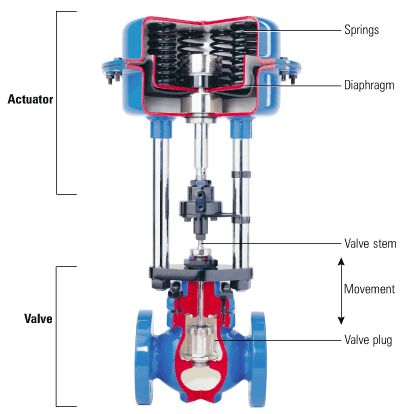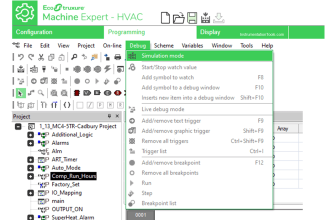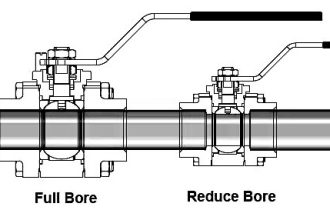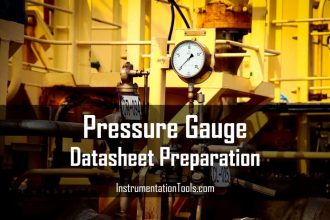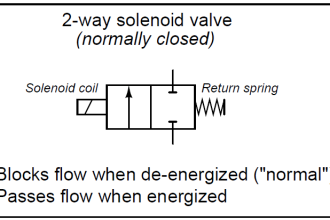In this post, we will learn the difference between power cables and instrument cables.
In a control circuit, there are two types of cabling – power and control. A control cable is also called an instrument cable. It is important for an electrical engineer to understand the difference between both these types, as only these two types of cables are the most used ones.
What is a Power Cable?
As the name defines, a power cable is used for higher voltage transmission. In your home, suppose you are powering a mixer. Then, you must have seen that the cable size will be thicker and larger, which is used to power the mixer. This is a power cable.
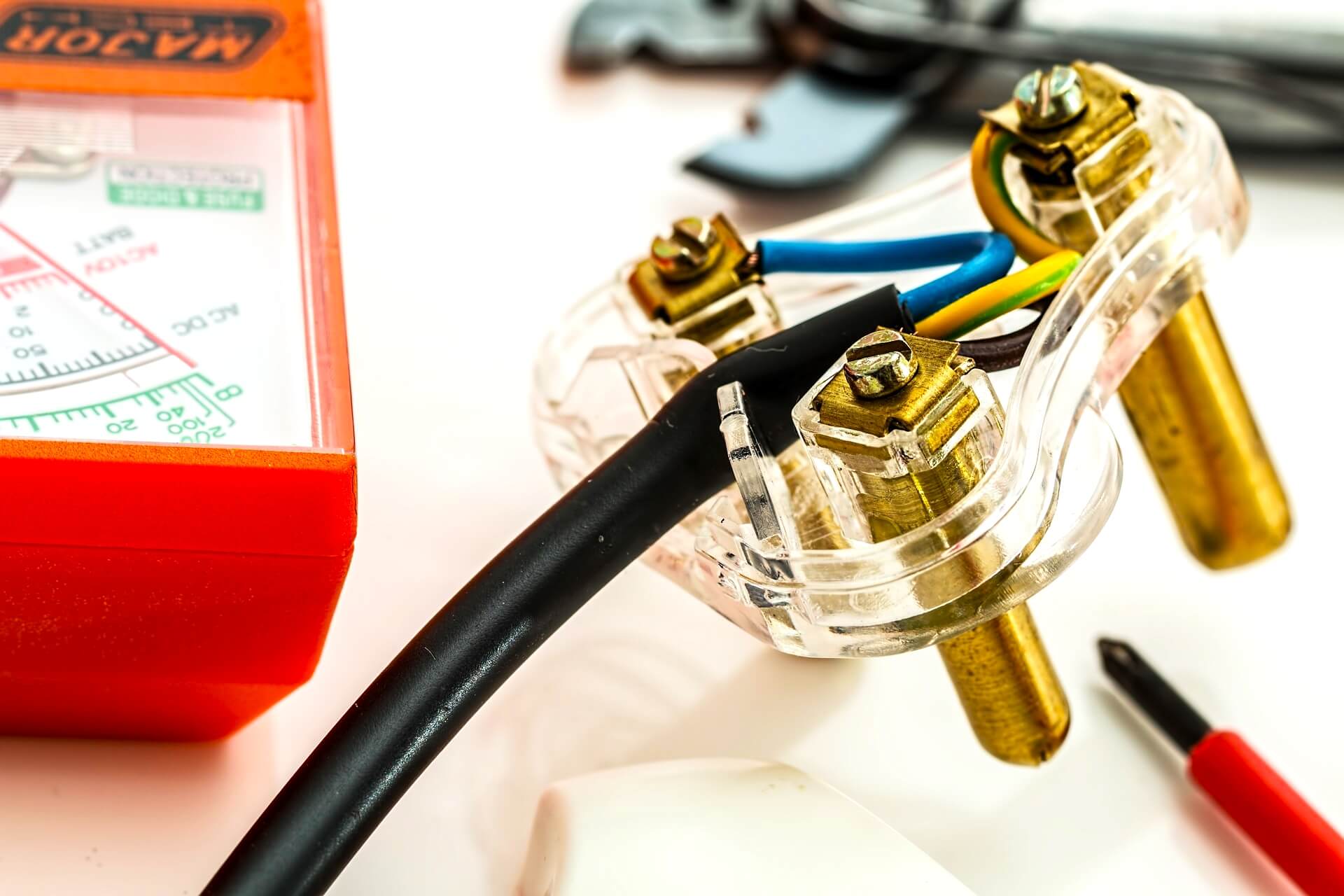
Power cable is used to handle high voltage and current (typically up to 400 A and 32KVAC).
What is an Instrument Cable?
For automation and instrumentation control, this type of cable is used. An instrument cable is thinner in size and can handle only a smaller amount of voltage and current (typically up to 24VDC and 20 mA).
All the instruments, field devices, and controllers like PLC require this type of cable to control electrical flow.
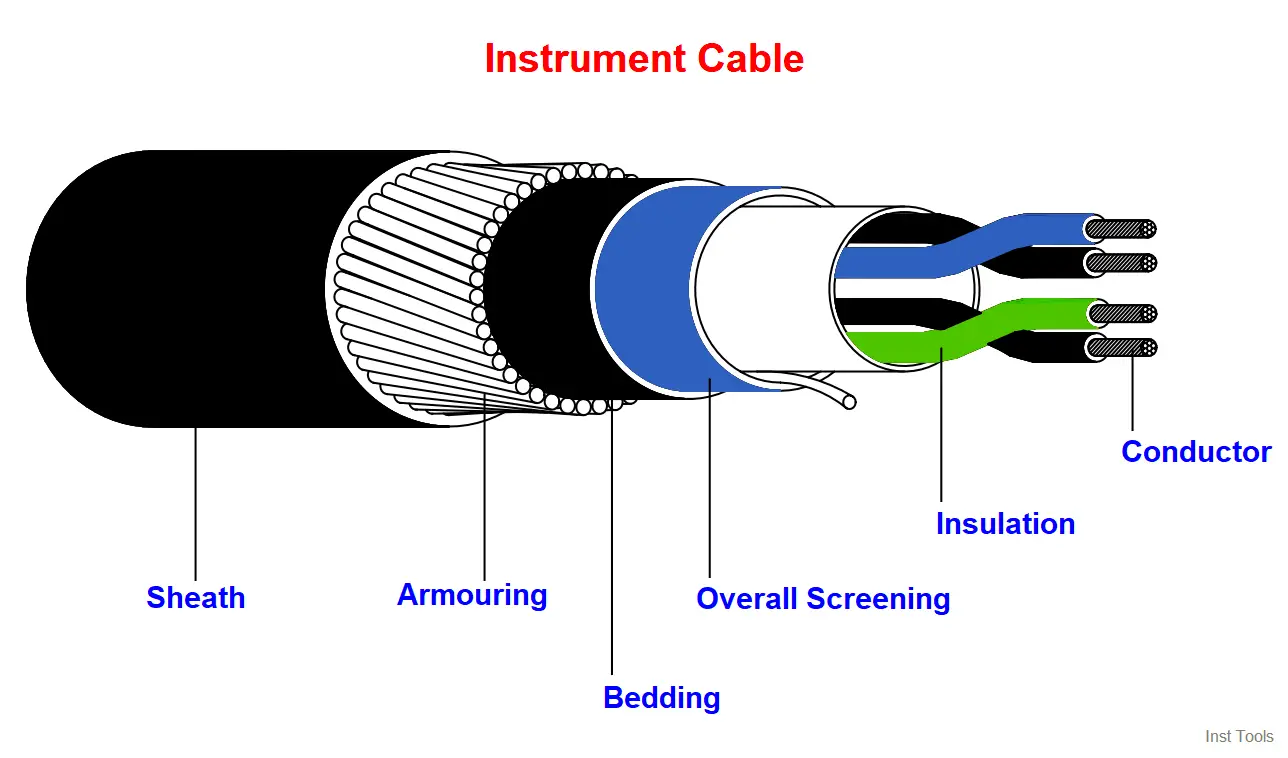
Difference between the Power Cable and Instrument Cable
The following points focus on the differences between instruments and power cables.
- Power cable is used for power transmission and distribution, overhead equipment, and other high-power applications; whereas instrument cable is used for industrial automation and other signal control applications.
- Power cables are used for energy transfer; whereas instrument cables are used for signal transfer. Now, what is this? As power cables deal in high power, a large electromagnetic field is generated around the cables every time. But, this is not the scene with control cables. As they are designed to only carry low power, they do not generate any electromagnetic field and apart from this, they are also protected from noise and other electromagnetic radiation. So, they are best used for control signal transmission.
- Since power cables are used in an active environment and transfer a high amount of energy, they call for excellent sheathing. In a power cord, the sheathing is strong and sturdy and is resistant to different external factors, including corrosion and temperatures. Control wires do not require the same sheathing and often have regular PVC insulation.
- Power cables are thicker and have a larger conductor size (1.5 mm – 630 mm) as compared to instrument cables (0.5 mm – 1.5 mm).
- Power cables do not require shielding, as they do not transfer any signal; as compared to instrument cables which require shielding.
- A single power cable mostly come in a single core (like the R phase has a single wire, the Y phase has a single wire, etc.); whereas a single instrument cable is mostly a multicore cable. It cannot be a single core as it has to transmit signals properly and also be thinner in size to avoid complexity.
In this way, we understand the difference between power cables and instrument cables.
If you liked this article, then please subscribe to our YouTube Channel for Electrical, Electronics, Instrumentation, PLC, and SCADA video tutorials.
You can also follow us on Facebook and Twitter to receive daily updates.
Read Next:
- What is a Substation?
- Motor Cooling Methods
- Flame Retardant Cables
- SCADA in Power System
- Single and Multi-Core Cables
